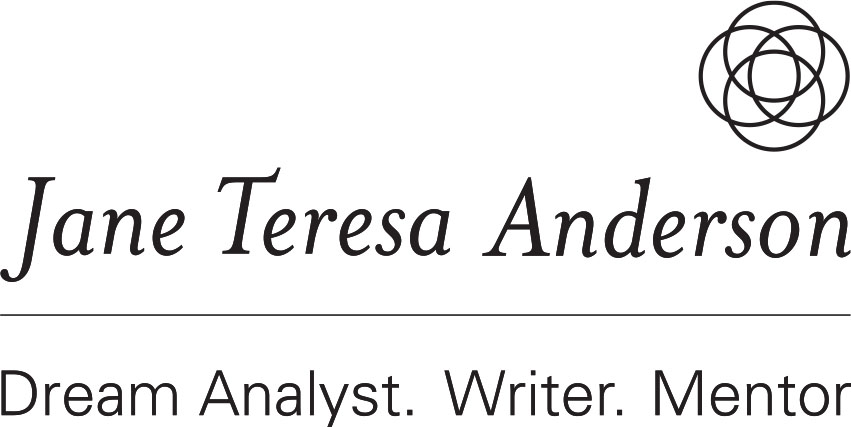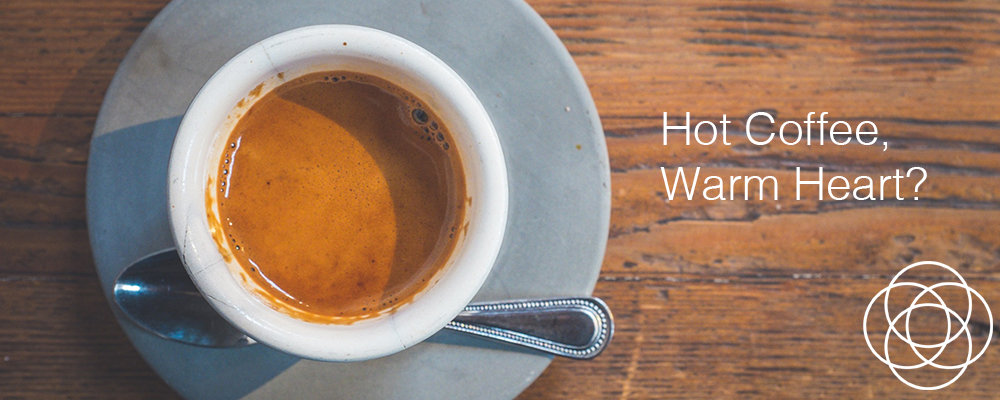Can you distinguish a dream from reality? Test yourself on this one:
John is reading resumes, deciding which candidate to employ for a position. He takes one resume, a sheath of pages attached to a heavy clipboard. “Serious,” he concludes. He takes a second resume, the same number of pages but this time attached to a light clipboard. He dismisses the second candidate as being too light.
Dream or reality?
Dreams are generally metaphors, so surely this is a dream, the weighty resume symbolising a serious candidate, a heavyweight, and the lighter resume symbolising a lightweight candidate.
Add this fact to the picture:
The resumes are identical. The only difference between them is the weight of the clipboard to which they are attached. Dream or reality?
Robert Sapolsky, in a New York Times Opinionator article titled This is your brain on metaphors, reports a study where volunteers were “asked to evaluate the resumes of supposed job applicants where, as the critical variable, the resume was attached to a clipboard of one of two different weights. Subjects who evaluated the candidate while holding the heavier clipboard tended to judge candidates to be more serious, with the weight of the clipboard having no effect on how congenial the applicant was judged.”
Sapolsky cites a number of studies showing how the brain links the literal and the metaphorical, and points out that these are processed in the same region of the brain. We are wired to process some experiences as metaphors, Sapolsky explains, to which I add that it is the metaphor versions of our experiences that we frequently see reflected in our dreams. In analysing our personal metaphors, as seen in our dreams, we gain insight into how we are responding to waking life on a visceral level. Our visceral level (gut) response is also programmed by our past experiences, the beliefs we have built about life, and analysing our dreams provides insight into these.
You’ll love this one. In another study Sapolsky relates, people are invited to read a description of an individual and assess their personality. The experimenter met each person, his arms full of files and folders, trying to balance his coffee cup, and asked them to briefly hold his coffee while he put the papers down. In half the situations, the coffee was hot, in the other half it was iced. Those who had briefly held the hot coffee before reading the description tended to assess the individual as having a warmer personality, with no change in the ratings of the other attributes.
Interesting but scary stuff, the potential to use metaphor to manipulate outcomes, but nothing new – just think advertising, NLP, fairy tales, movies.
Sapolsky says, “This neural confusion about the literal versus the metaphorical gives symbols enormous power, including the power to make peace.” In the article, he illustrates this with examples of peacemaking in the Middle East and South Africa.
The power of manipulating (and changing) our personal dream symbols to resolve inner conflict, find inner peace, and create more meaningful perspectives of waking life is the process I call dream alchemy. It’s about taking those personal metaphors of waking life – as revealed in our dreams – that are not rewarding for us and transforming them into metaphors that deliver more positive life experiences and outcomes.
Since the literal and the metaphoric are linked in the brain, and warm coffee warms our assessment of personality, and heavy resumes influence our assessment of a candidate’s seriousness, is it any surprise that dream alchemy, carefully and professionally applied, changes our experience of waking life?

